If You Can Do These 8 Tests, Your Body Is Aging Slower Than Most People Over 50
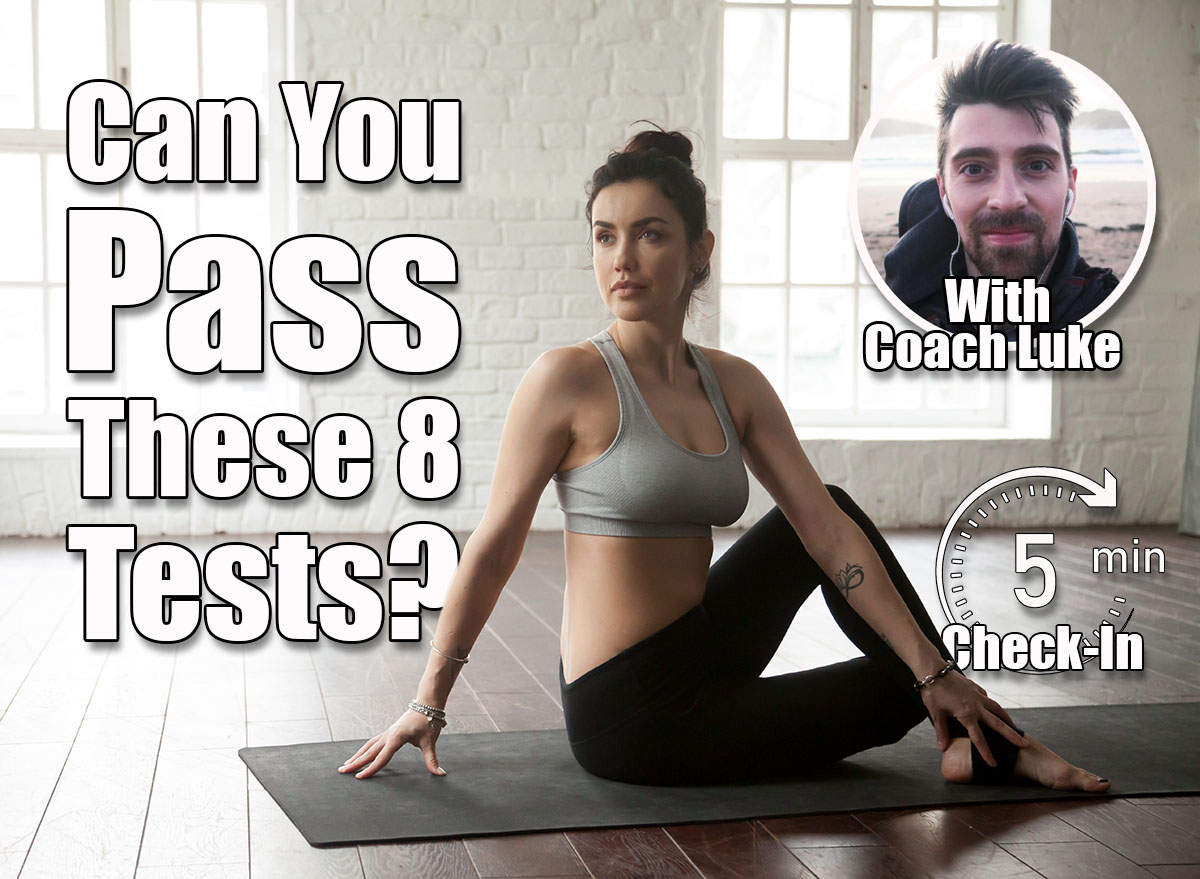
For many, maintaining a youthful and resilient body well into the golden years of life is a top health and wellness goal. In order to keep that physique of yours strong, fit, and agile, mobility training is essential. We spoke with a trainer who shares eight simple mobility tests that signal your body may be aging slower than most people over 50.
Why focus on mobility? “Mobility is the interplay between strength and flexibility. It’s less about how much force you can generate, and more about how well and freely you’re able to move — range, control, balance, and coordination,” explains Luke Jones, certified personal trainer at HERO Movement, who recently re-released his popular joint mobility course, Mobility Reset, aimed at helping individuals avoid injury and revamp the way they move. “These are the less flashy but quietly essential parts of fitness that help you get up from the floor after a fall (or a nap), twist to grab something behind you, or squat down to tie your laces.”
In addition, mobility plays a critical role in some of the activities you love most, like golfing, cycling, hiking, dancing, swimming, and martial arts.
“Pretty much any physical pursuit becomes more enjoyable, fluid, and sustainable when your joints are moving well and your body feels connected,” Luke notes.
Below, Luke breaks down eight mobility tests that signal your body’s aging more slowly than most. “Each of these tests gives a snapshot of how well your joints are moving and how connected your body feels as a whole,” Luke explains. “There’s no perfect score—just a chance to check in and notice what’s working well, and what could potentially use some attention.”
Toe Touch
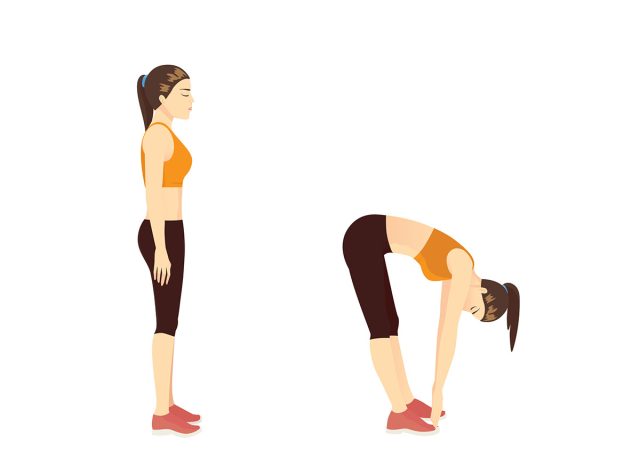
- Stand tall.
- Hinge at the hips as you reach to touch your toes without allowing your knees to bend.
- If you’re not there already, work toward a smooth descent as your pelvis folds over your thighs rather than bending your knees and rounding through your back.
Overhead Reach

- Stand tall with your back pressed flat against a wall.
- Reach your arms overhead so they touch the wall. Do not arch your lower back.
- This checks in on shoulder and thoracic mobility, which tend to stiffen as one ages.
Deep Squat Hold
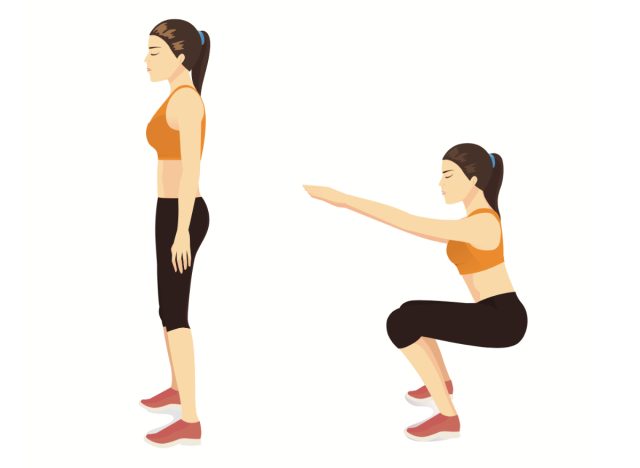
- Stand tall with your feet shoulder-width apart.
- Bend your knees and squat as low as you’re comfortably able to, keeping your chest tall and heels down.
- If necessary, hold onto a sturdy squat rack for support.
- Bonus points if you’re able to maintain the deep squat position for 60 seconds with slow breaths.
RELATED: If You Can Do These 7 Strength Moves, You’re Aging Like Someone Half Your Age
Floor to Stands (No Hands)
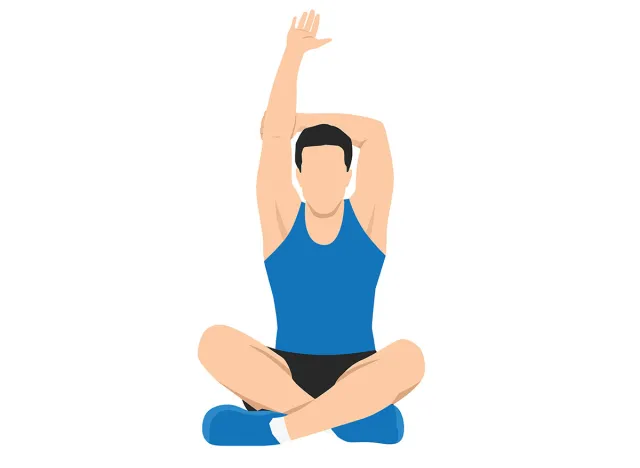
“This tests balance, hip mobility, coordination and leg strength,” Luke points out.
- Begin cross-legged on the floor.
- Try to stand up without using your hands for support.
- If you’re unable to, use a hand or two for added support and slowly work down.
Lunge With Rotation
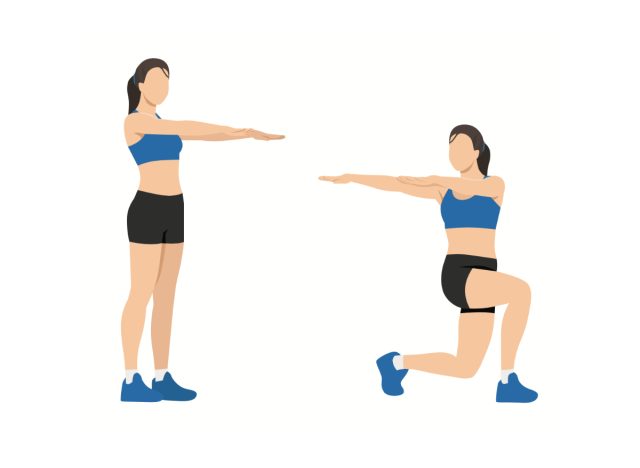
“This movement ties together hip mobility, spinal rotation, and balance,” says Luke.
- Stand tall.
- Step forward with one leg into a gentle lunge.
- Rotate your torso toward your front leg, noting the point where the motion stops feeling smooth.
- Repeat on the other side.
Single-Leg Balance (Eyes Closed Option)
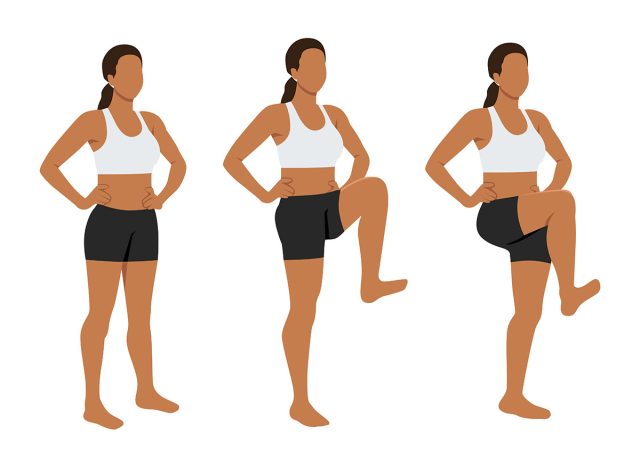
“This highlights proprioception — your sense of where you are in space — and stability through the hips and feet,” Luke explains.
- Balance on one leg for 10 to 30 seconds.
- To increase the challenge, try balancing with your eyes closed.
- Repeat on the other side.
Ankle Dorsiflexion (Knee to Wall)
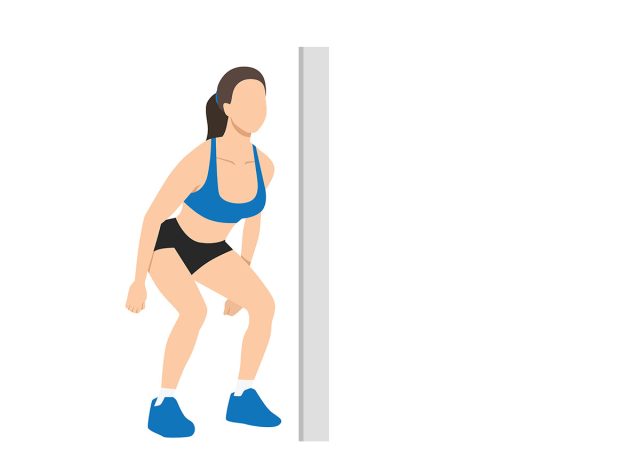
- Stand tall with one foot a few inches away from a wall.
- Try to touch your knee to the wall without allowing your heel to lift off the ground.
Seated Spinal Twist
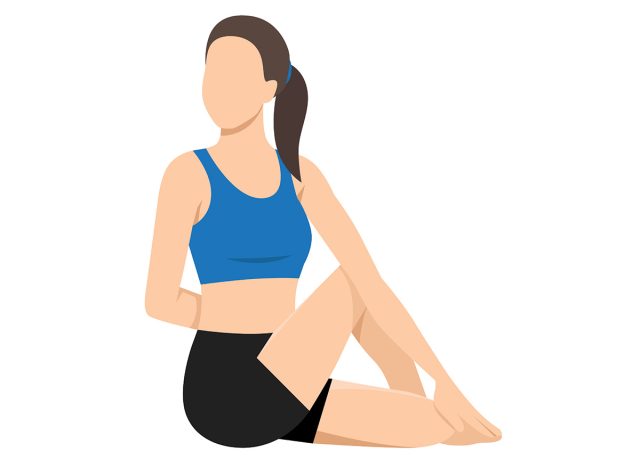
- Sit cross-legged on the floor.
- Gently twist to one side, positioning your hands behind you.
- Keep your spine elongated and the movement coming from your mid-back and ribs instead of your shoulders alone.
What To Look for During These Tests
According to Luke, “younger patterns” typically include:
- Little to no compensation
- Smooth movement
- Controlled range of motion
- Calm breathing
“Older or more restricted” movement patterns may involve:
- Wobbling, hesitation, or reliance on momentum
- Overusing certain areas of the body
- Holding your breath
- Cutting the range of motion short
- Strain